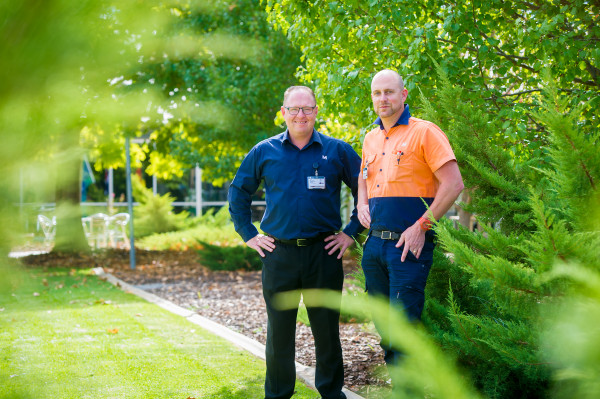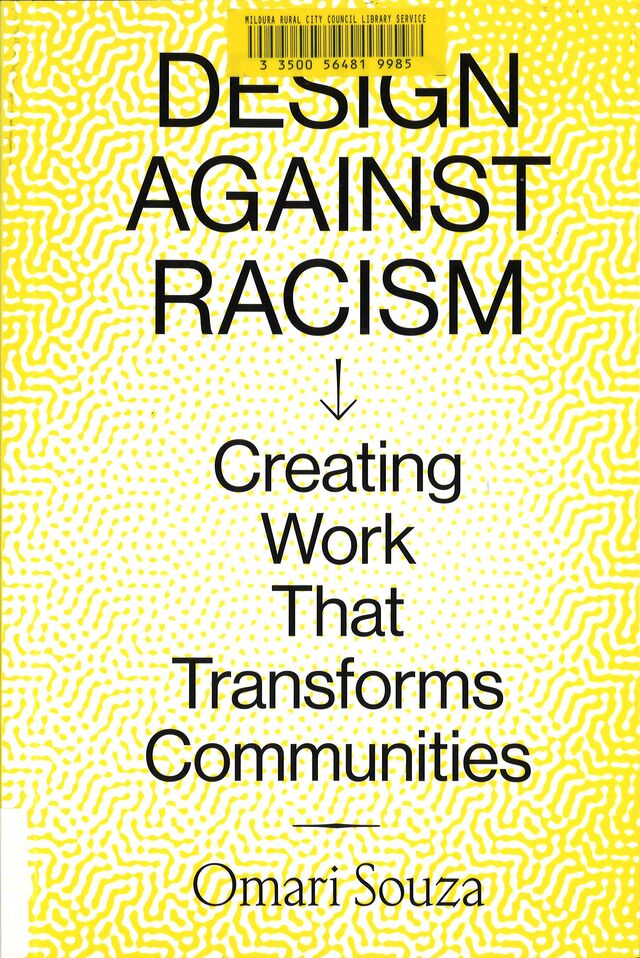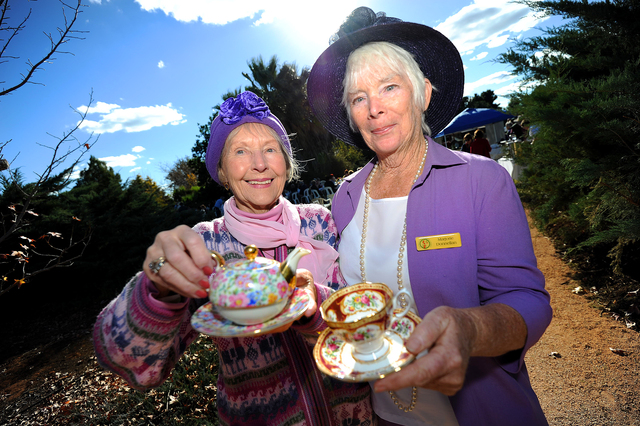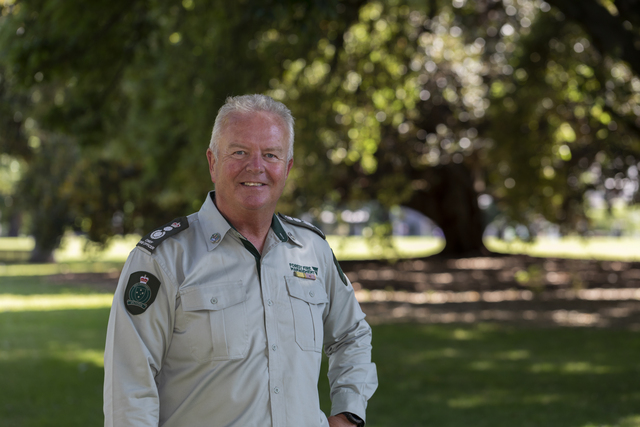FOR Terry Welch, the care and treatment of patients begins on the front lawns and garden at Mildura Base Public Hospital.
The MBPH chief executive, who has overseen the return of the hospital to public hands since last September, has just launched a garden makeover at the Ontario Avenue hospital.
“The basis of this garden overhaul is that care starts on the road,” Mr Welch said.
“The instant you turn into the driveway of the health service, you should see a beautifully presented hospital.
“The reason for that is around mind-set. Think about it in terms of a hotel.
“It could be the best hotel in the world, but if you drive in and it’s presented poorly, your mind-set immediately changes.”
A key part of the gardening facelift is upgrading the hospital’s irrigation system, as well as “putting in more trees, fresh bark, making sure we have well manicured lawns and other features that make it look really presentable”.
“We want to bring more colour to the building where we can,” Mr Welch said.
The former registered nurse has encouraged the 900-odd hospital staff to come up with fresh ideas to help improve care at the site.
New full-time gardener Michael Fenna has wasted no time in mapping out his grand gardening plan for the hospital.
“Every window should be a picture for a patient,” he said.
“The foundations are there for the hospital’s gardens, but it needs some renovation and reworking.
“The courtyards are going quite well. But there’s one I’d like to completely rework (outside ward 4), which I’m getting excited about.
“I have to get approvals from the managers first, but I believe more patients should be able to view the garden from inside the building.
“The ward 4 courtyard has so much potential, but some of the patients are currently just looking at old hedges.
“I’d be keen to stagger more plants and open up the views while maintaining patients’ privacy.”
He would also like to see more deciduous trees on the hospital’s grounds.
“They get a bit boring in winter, but when they are out in full bloom, they lift spirits,” said Mr Fenna, who has parks and gardens, and conservation land-management qualifications.
“For me just starting out, I’m in the investigations phase as I go about my general duties.
“I’m looking at the plants and seeing what’s working and what isn’t.
“We’ll have to be careful about the donated plants and trees, and there’ll have to be a survey of the soil for pH levels to make sure we get the right plants in.
“But there is so much potential for transforming the hospital’s gardens into something much better.”
Birds and the bees matter, says Tom Fagan
ONE of the main concerns when planting a new fruit tree is whether it produces its crop with or without a partner.
Always ask about the need for pollinators when you are choosing a fruit tree.
If a tree is self-fertile, it fruits even if it is growing by itself.
Peach, nectarine and apricot trees all tend to be self-fertile, which means they’ll produce good crops where there’s only room for a single tree.
Citrus trees are also self-fertile, which is why they are one of the most popular fruit trees in Aussie gardens.
If a fruit tree needs cross-pollination for fruiting, plant another tree of another variety that flowers at the same time and is close by, or there will be little or no fruit.
A tree in a neighbouring garden can provide the pollen for cross-pollination if it is in bloom around the same time as the tree.
As a general guide, apple, pear, cherry and plum trees all need a cross-pollinator.
An apple requires another apple of a different variety, although in some cases a nearby crab apple helps out.
Most pears need another pear for fruiting, however the flowers of pear trees can pollinate nashi fruit.
Most cherries and plums are fussy about pollinators, needing just the right compatible variety.
If there is not enough room for a cross-pollinating variety, consider buying a multi-grafted plant or planting two different varieties of a preferred fruit tree in one planting hole.
To save room, it is also possible to espalier fruit trees. This means to train them to grow against a wall by training side branches in a horizontal direction and removing outward-growing branches.
As well as leaving plenty of room for growing a pollinator, this also makes it easy to protect the fruit crop from predators such as birds.
– Horticulturist Tom Fagan runs award-winning Tara Landscaping in Red Cliffs








